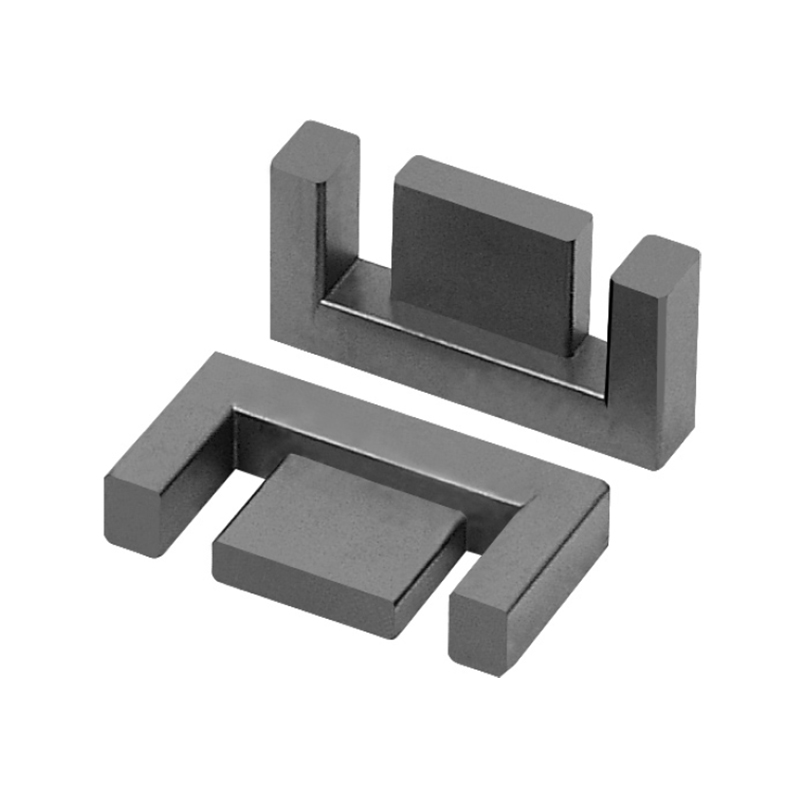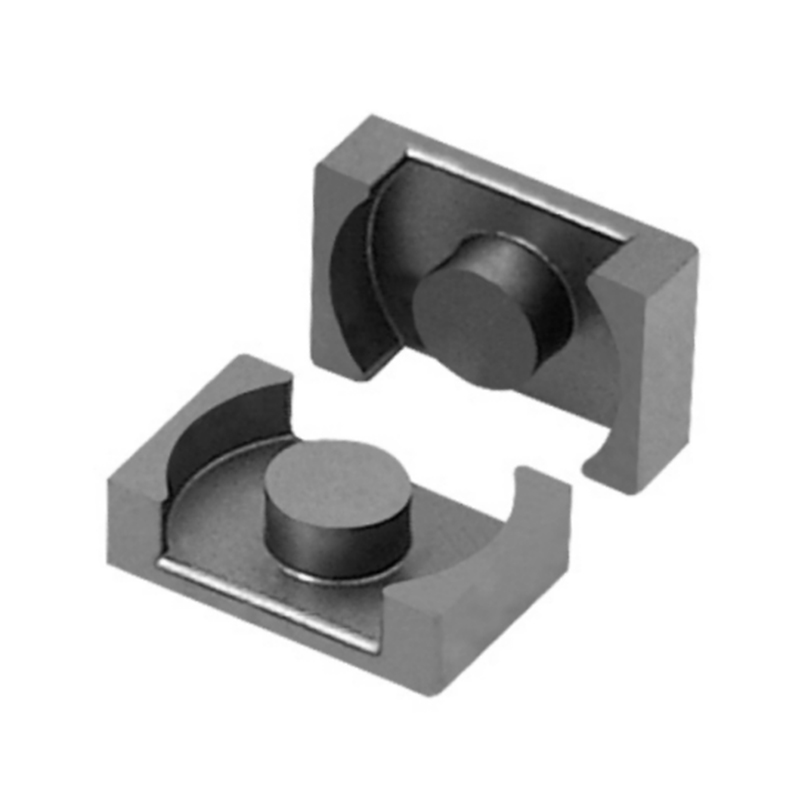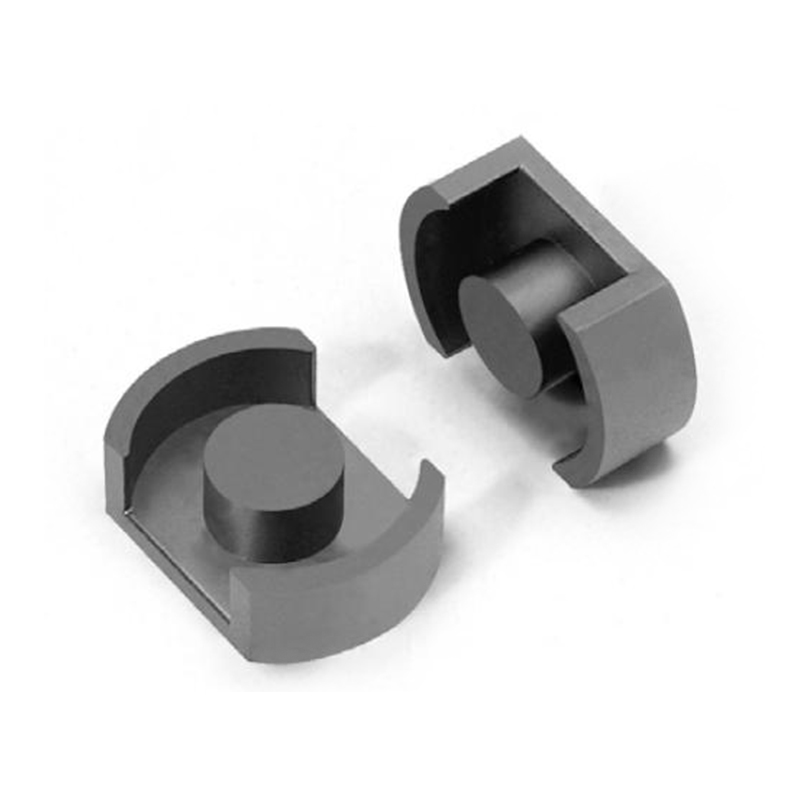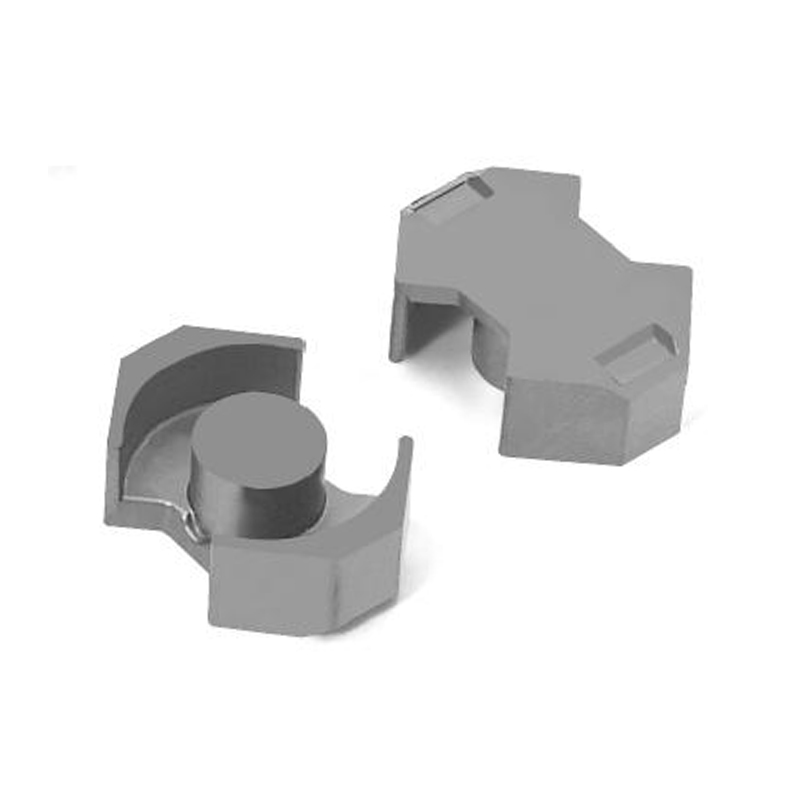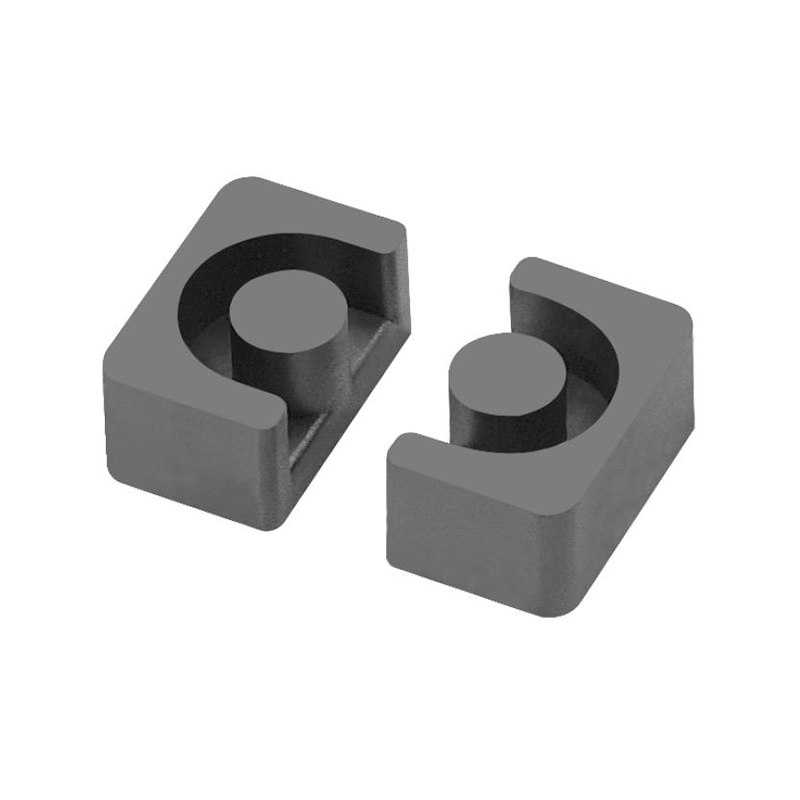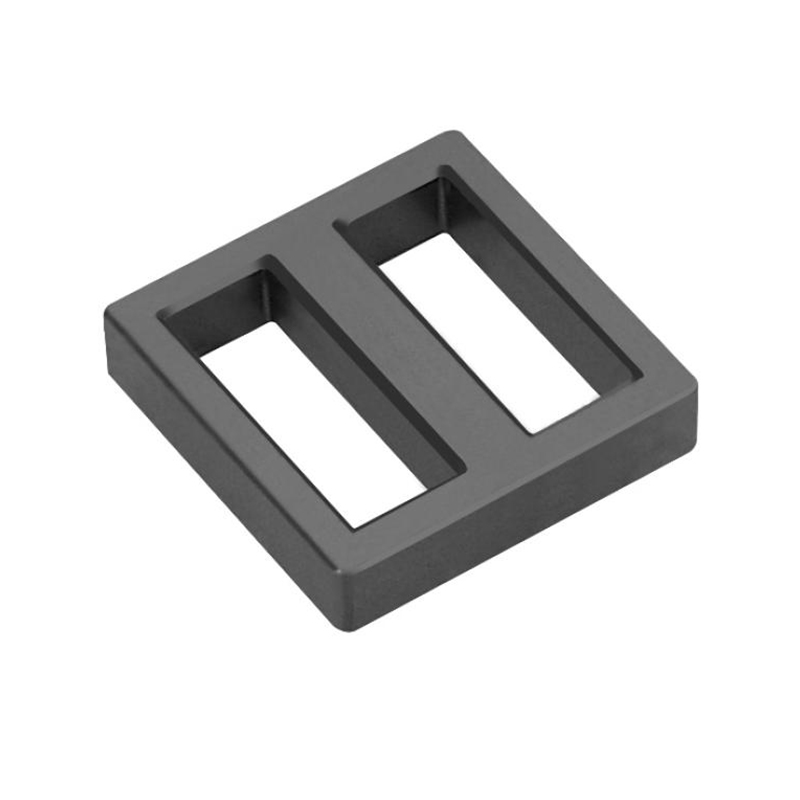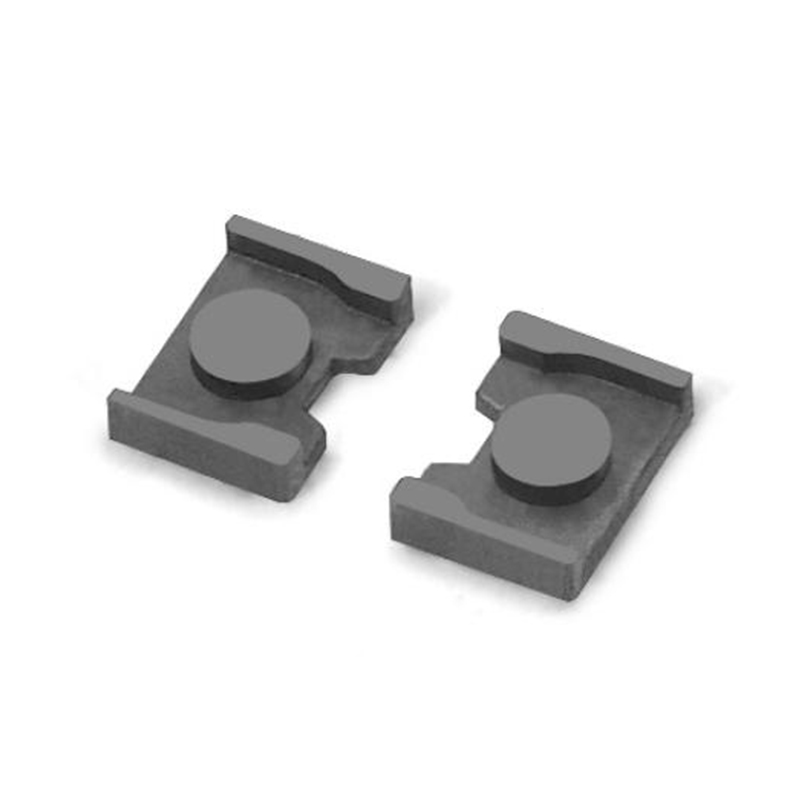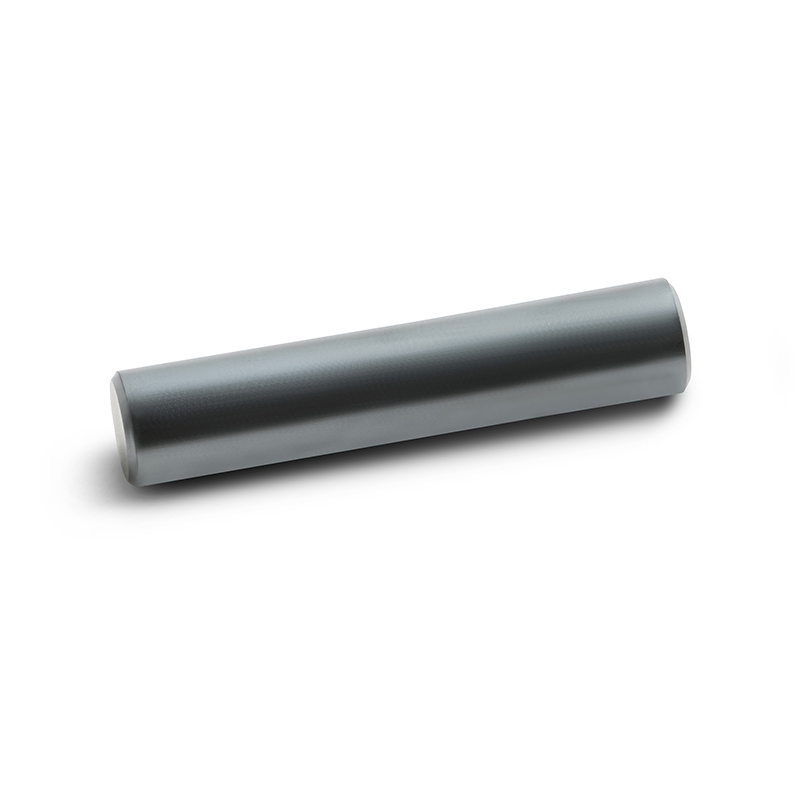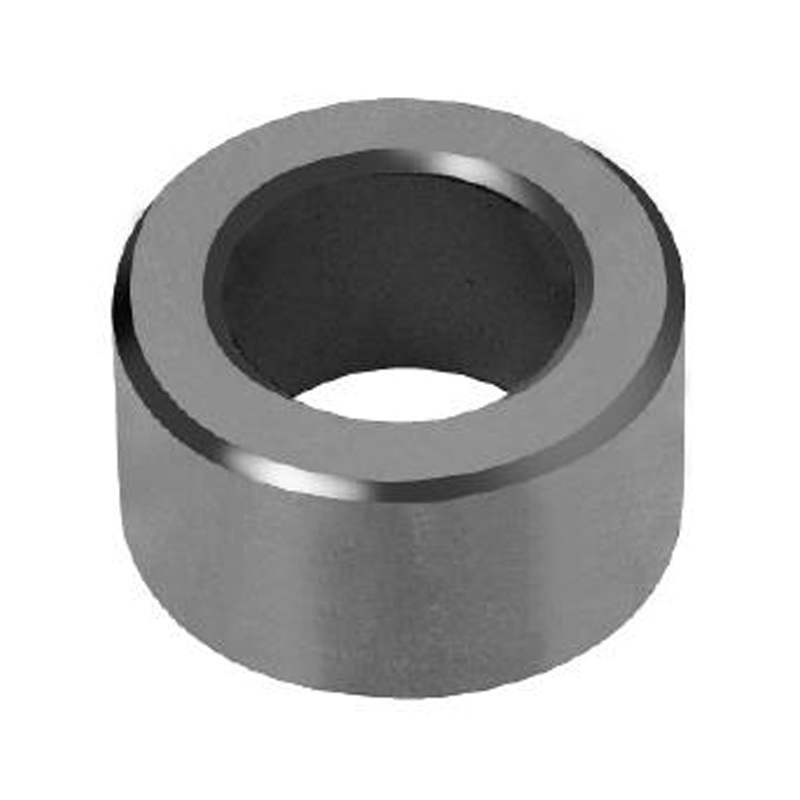How do the magnetic properties of soft magnetic ferrites change with temperature?
When it comes to materials that are essential in electronics, soft magnetic ferrites often take center stage. Found in everything from transformers to inductors, these ceramic compounds are celebrated for their excellent magnetic properties. But what happens to these properties as temperatures fluctuate?
The Basics of Soft Magnetic Ferrites
Soft magnetic ferrites are typically composed of iron oxide combined with other metal oxides like manganese, zinc, or nickel. They are characterized by their low coercivity, meaning they can easily magnetize and demagnetize. This property makes them ideal for high-frequency applications. However, their performance is not static; it varies significantly with temperature.
As the temperature increases, thermal agitation among the atoms can disrupt the alignment of magnetic moments. This leads to changes in permeability and saturation magnetization, which are crucial for their performance in electronic devices.
The Temperature Threshold: Curie Temperature and Beyond
Every magnetic material has a specific temperature known as the Curie temperature (T_C), where it loses its magnetic properties. For soft magnetic ferrites, this temperature can vary widely depending on their composition. Generally, as the temperature approaches T_C, the material transitions from a ferromagnetic to a paramagnetic state.
For instance, the Curie temperature of nickel ferrite is around 500 °C, while manganese zinc ferrites have a lower T_C. Above this threshold, the material's ability to retain magnetization diminishes significantly, which can lead to performance issues in electronic applications.
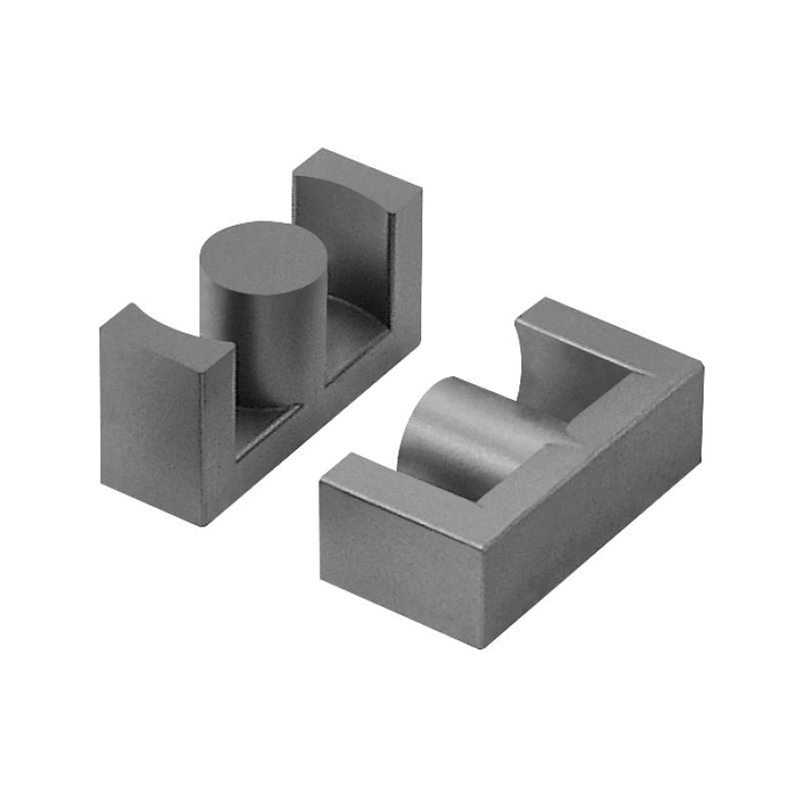
The Loss of Magnetic Properties with Increasing Temperature
As temperatures rise, several phenomena occur within soft magnetic ferrites. Firstly, the initial permeability—an indicator of how easily a material can be magnetized—tends to decrease. This drop can be attributed to the thermal agitation that impedes the alignment of magnetic domains.
Moreover, saturation magnetization, which reflects the maximum magnetization a material can achieve, also diminishes with temperature. This is particularly critical in applications that require consistent performance across a range of temperatures. For instance, in a transformer, a significant drop in saturation magnetization could lead to inefficiencies and overheating.
The Resilient Side: Temperature-Compensating Materials
Fortunately, not all is lost as temperatures rise. Researchers are continuously exploring ways to enhance the thermal stability of soft magnetic ferrites. By altering the composition or introducing additives, scientists can develop ferrites that maintain their magnetic properties even at elevated temperatures.
For example, the addition of certain rare earth elements has shown promise in improving the thermal resistance of ferrites. These advanced materials could pave the way for more efficient electronic devices that operate reliably across a broader temperature range.
The magnetic properties of soft magnetic ferrites are indeed affected by temperature changes. From the critical Curie temperature to the loss of permeability and saturation magnetization, these materials engage in a complex interplay with thermal energies. However, ongoing research into enhancing their thermal stability offers a promising outlook for the future of electronic applications. As technology continues to evolve, so too will our understanding of these fascinating materials, ensuring they remain at the forefront of innovation.

 中文简体
中文简体